Frans Snyders, Still Life with a Wine Cooler (1610–1620). Public domain, via Wikimedia Commons.
There is enormous pleasure to be had in maintaining at least two, if not several, parallel lives. Of course, there are the pleasures of concealment and control, but the true indulgence is in occupying the vast reaches of interior space, populated by all the aspects of yourself that don’t end up in any social circle, any relationship, any reputation, and so don’t really get expressed at all; a big, sumptuous, light-filled nothing, the real you. You find it especially at the age of, say, twenty-five, on an airplane between two major cities, one in which you live and the other in which your girlfriend lives, the latter being where she carries on flings she takes little trouble to conceal, and the former being where you’ve discovered the cover afforded by being mistreated and have decided to carry on a fling of your own. Up there, between clouds, the contradictions don’t really clash, they just float beside one another. It’s useful to float along with them, becoming comfortable with the illogic and the fabrication, particularly when, for example, you are seated beside your new fling at a dinner party, trying not to let on.
“Are you having an affair with ——?” Someone had put the question to me the day before the party, and the word affair had rung so hollow that when I answered in the negative it didn’t even feel like a lie. I was mostly struck by the use of the word itself, which gave the whole thing a certain sophistication. But still, I chafed. “Why are you asking?” “I wouldn’t care if you were.” “Why would you?” “I said I wouldn’t.” In those days, I would snap at questions or laugh them off. How badly I must have wanted to be found out.
Back then—all of us in grad school—we met weekly for dinner. It began as a way of observing Shabbat as my roommate rediscovered his Judaism, or rediscovered himself in relation to Judaism, or else rediscovered everything, concluding that within the world as it existed there was no way to disentangle himself from his religion. I am not Jewish but Catholic, by then more or less totally lapsed, and while spending most of my time around this brilliant, intense religious seeker certainly shunted me along toward my own reckoning with faith, what these dinners really inspired in me was a taste for dinners. But then, maybe there was something irrepressibly if obliquely religious about even this. Around a ruined table, confessions can be offered or extracted at will, friendships forged and sundered, and the truth, or what you believe to be the truth, can be loudly declared only to be shrugged off the next morning as drunken enthusiasm. You can fake it, and have it count, or you can mean it, and have it not count.
The Friday gatherings soon swelled to two-part binges: the first, small group who came early to eat matzo soup and drink blessed wine; the second, smoke-filled blowouts with whoever happened to drop by, filling our large apartment and terrorizing our anonymous neighbors with late-night shouting, nearly everyone disastrously drunk by the end. The first group would remain secretly intact throughout the second half of the party even if we dispersed physically among the larger party, silently faithful to the privacy we had shared before everyone else had arrived. I prided myself on always remembering to turn on a lamp when I went to bed, so that my roommate could read on Sabbath morning as I slept off the hangovers to which he seemed miraculously immune.










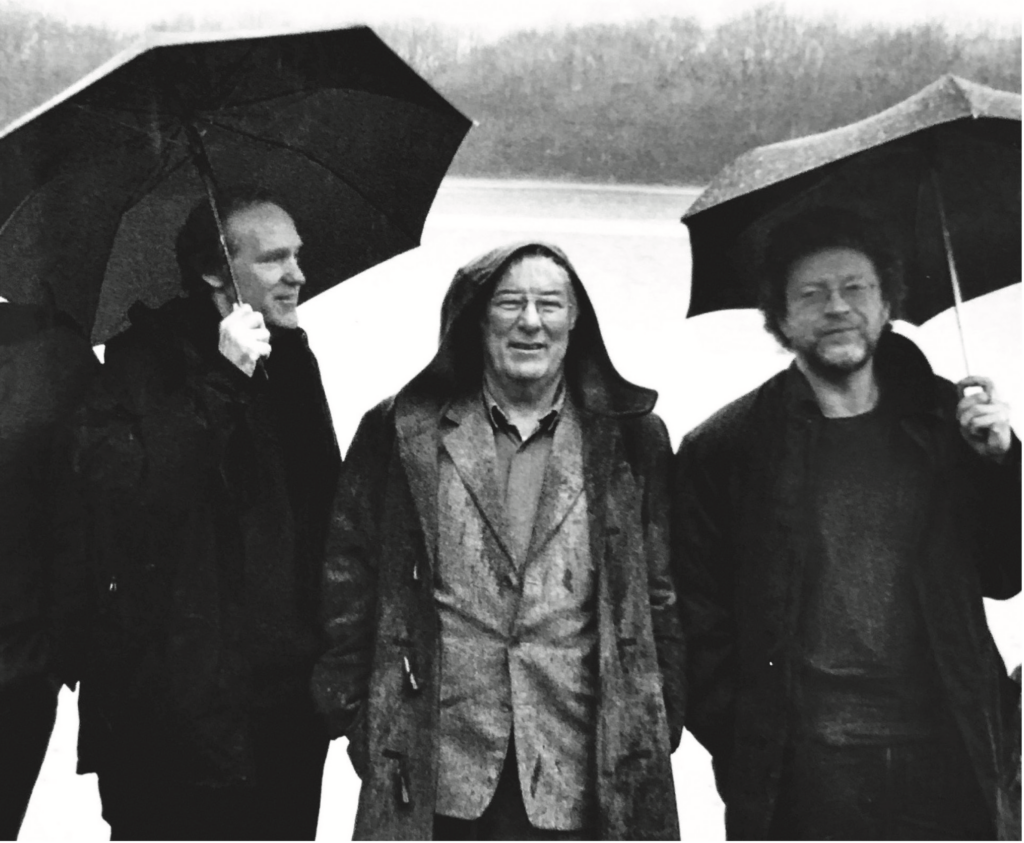
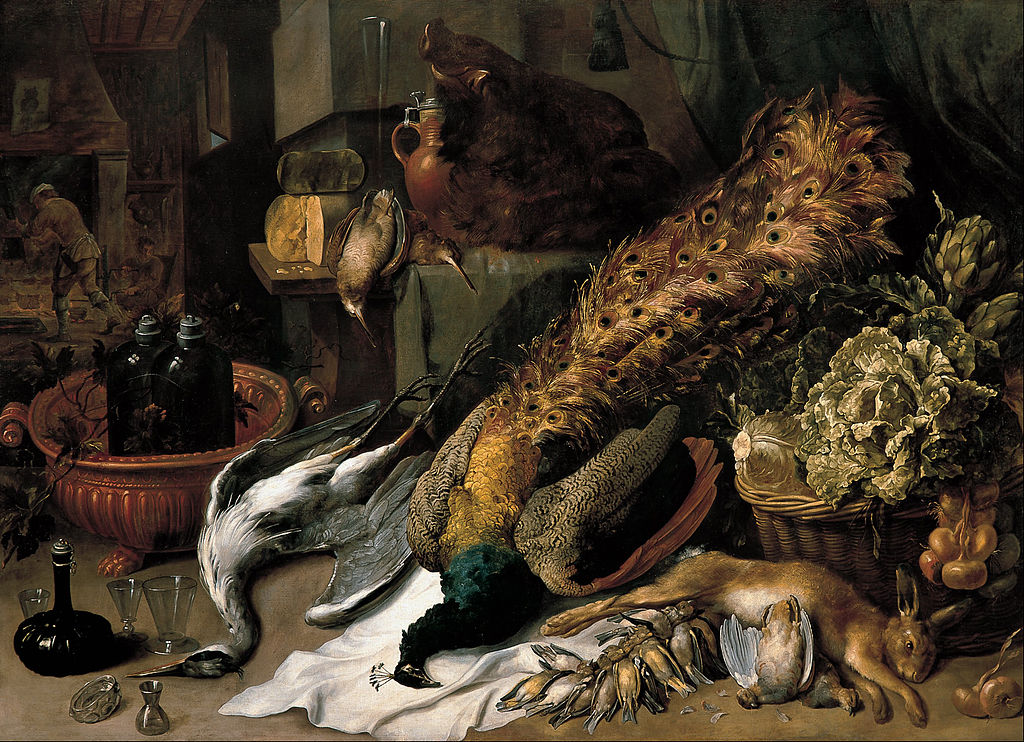
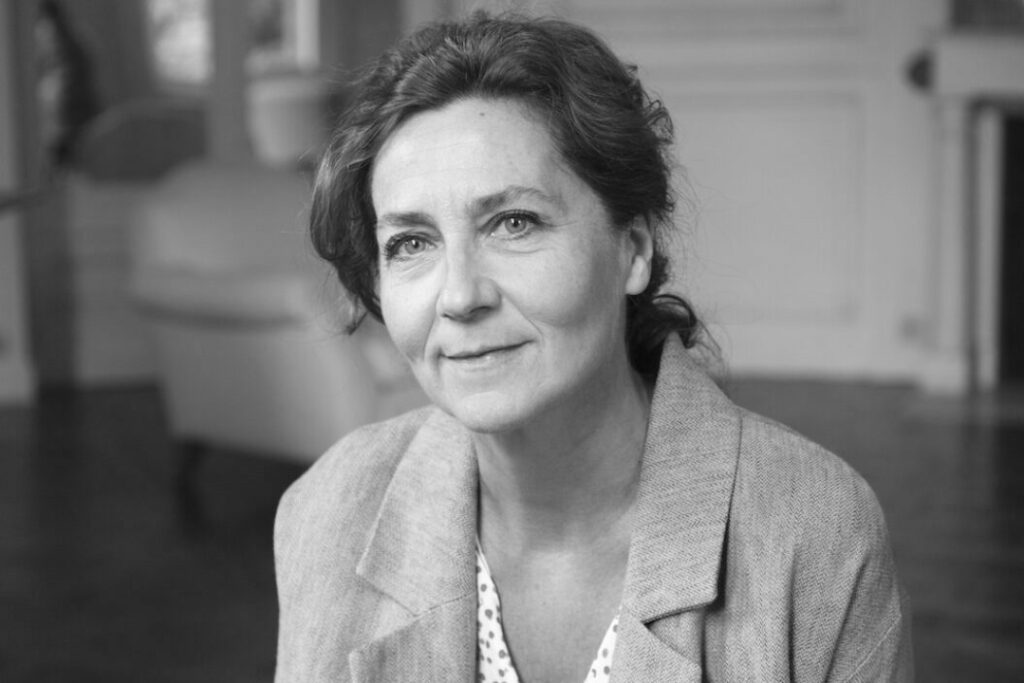
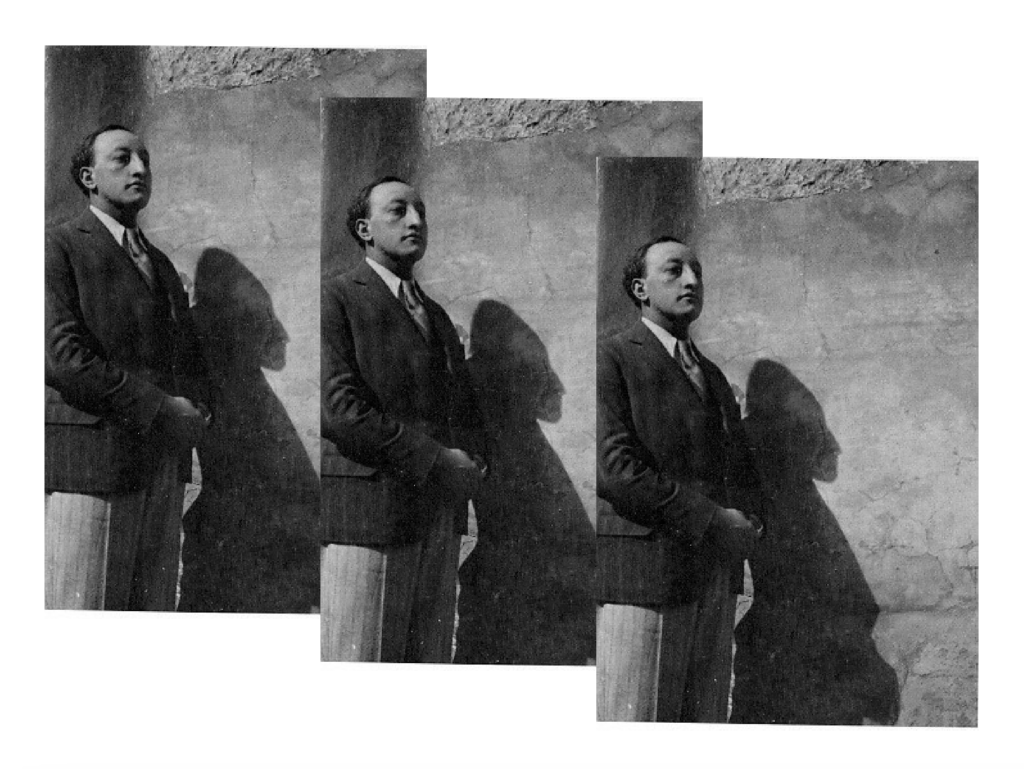
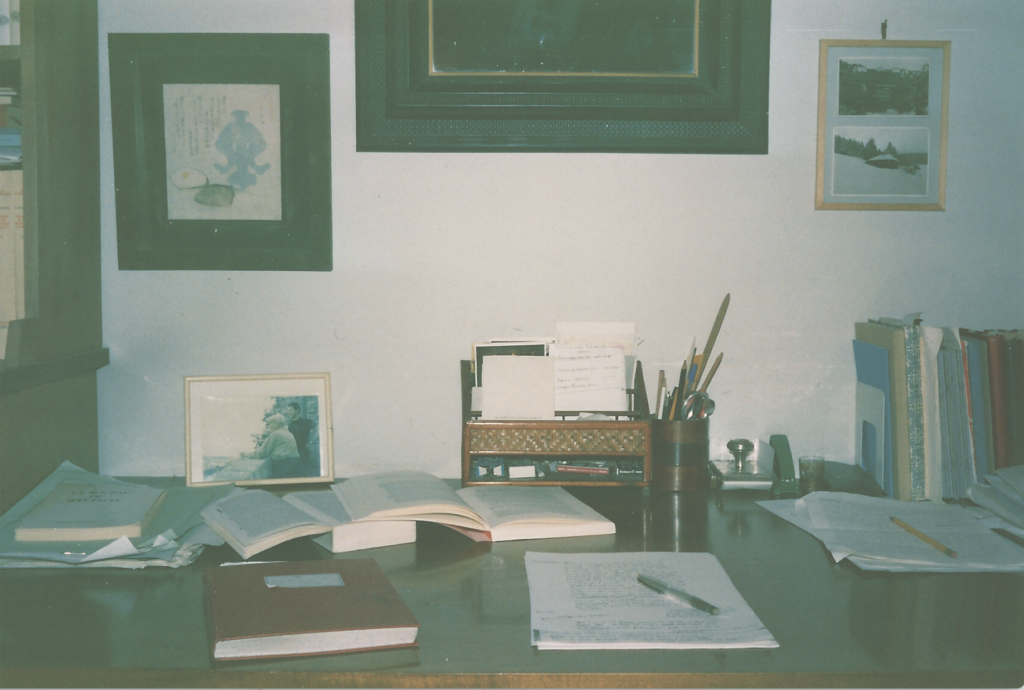
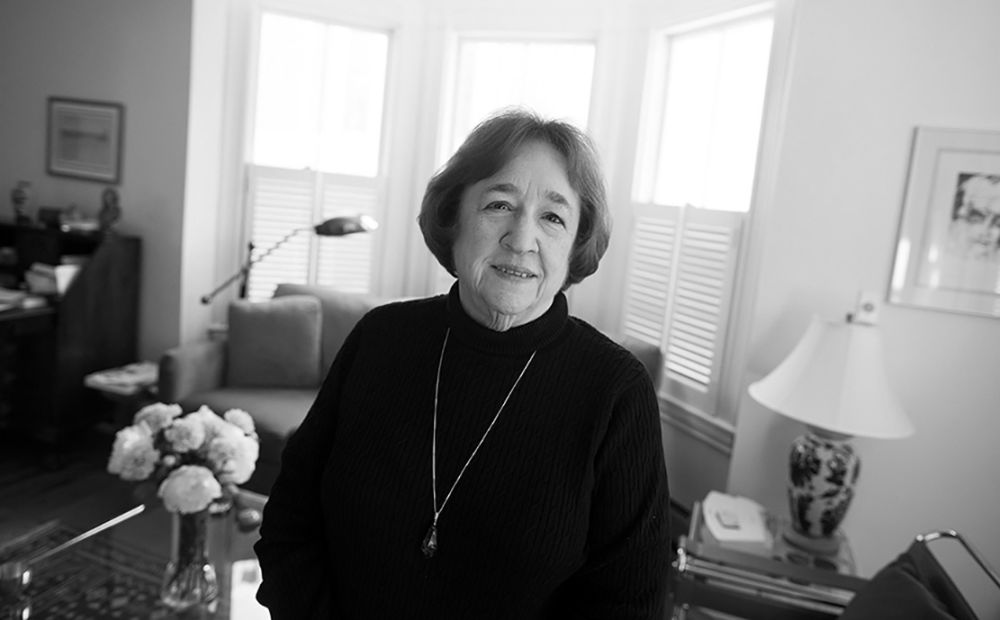
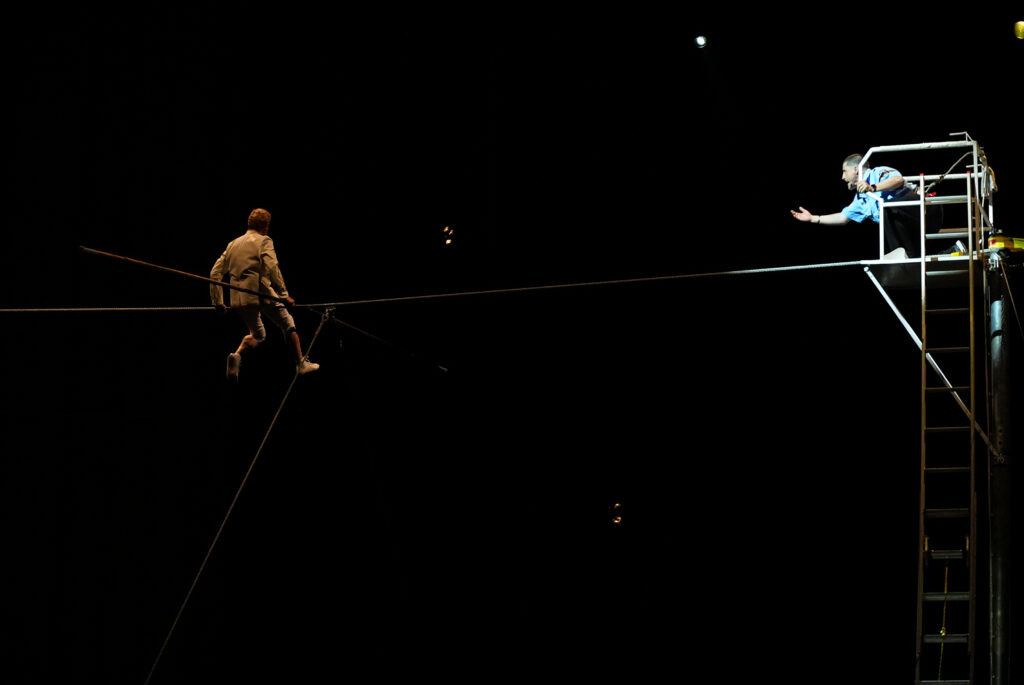



What are you reading? Let us know in the comments!